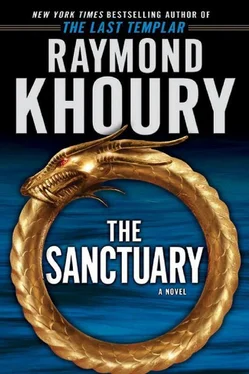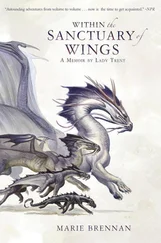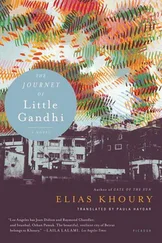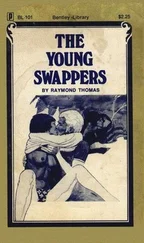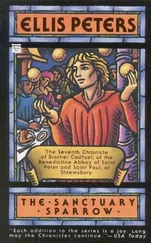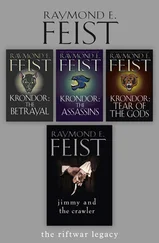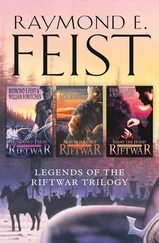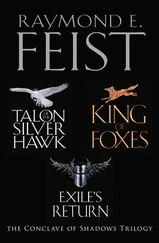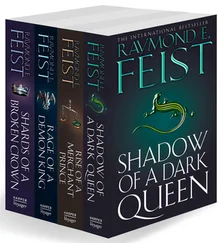She read about the manuscripts that Evelyn had found hidden in the chamber. According to her notes, the style of the writings were reminiscent of those of a secret society of the same era, a group of highly sophisticated gnostics called the Brethren of Purity, who were also based in southern Iraq. There were several pages of notes that dealt with this line of research, with afterthoughts and additional markings and arrows linking sentences scribbled across them. Mia jotted the name of the society down, making a mental note to look into it. Some words were circled or underlined. Her eyes picked out the mention Offshoot of Brethren? with a prominent question mark.
Turning the page, a circled blurb drew her attention. It said, Other writings match, but no mention of rituals or liturgy here. Why? In the margin of the opposite page, next to more scribbled notes and dates, Evelyn had written Beliefs? and Heretics? Is that why they were hiding? with more big, emphatic, multiple question marks.
Mia read the page more closely. Evelyn had found common ground between the writings of the Brethren and the writings from the chamber. One glaring difference, however, was that nothing left behind in the chamber covered its occupants’ spiritual beliefs.
The next pages laid out Evelyn’s research into the Ouroboros. Mia went back to some of the photocopies of the various images, which also had notes scribbled across them.
There seemed to be as many interpretations of what the symbol stood for as there were cultures that had adopted it. Some saw it as a representation of evil, while others — far more, Mia noted — saw it as a benign, hopeful symbol. Mia found this somewhat disconcerting, at odds with the twinge of unease she felt when she saw the snake.
Evelyn had collected dozens of references to it throughout history, from ancient Egypt and Plato all the way to the nineteenth-century German chemist Friedrich Kekulé, who discovered the ring-shaped molecular structure of benzene after, so he claimed, dreaming of a snake who had seized its own tail, and, most recently, to Carl Jung, who had studied its archetypal grip on the human psyche and its particular significance to alchemists. There was even, Mia noted with a bittersweet knot in her throat, a Phoenician version of it, a tail-eating dragon carved into one of their temples.
Throughout, Mia picked up on a recurring theme, one that was at odds with her instincts. It was a theme of continuity: It spoke to the cyclicality of nature, the endless circle of life, death and rebirth, the primordial unity of all things. She went back to a sheet that showed an almost pastoral rendition of a winged Ouroboros in a garden with a cherub in its center.
Mia stared at it, processing what she’d read. Something didn’t sit well. She thought back to her chat with Corben, about the hakeem’s possible motives. The symbol didn’t tally with anything worrying, but then, it didn’t need to, did it? The swastika was, after all, a symbol of good luck in the Far East ever since the Stone Age. Hitler saw it otherwise and turned it into something monstrously different. Could this be the same thing? Corben kept saying the man was insane. But what if he was really searching for a lost virus, a poison, a plague. Somehow, the pieces’ relevance seemed portentous, their importance malevolent. And yet, most of what she’d read about the tail-devourer symbol seemed to have an opposite feel. She couldn’t see anything fearful in what was mostly regarded as a symbol of continuity. She questioned whether her initial reaction was more primal, whether it had to do with the instinctive apprehension that the archetype inspired in most people, regardless of its intended symbolism. Perhaps that, coupled with the context in which she had experienced it — on the run, hiding out from killers with bullets whizzing around her — helped explain it. But it left some unanswered questions. Was the tail-devourer something to be feared? What was its significance to the hakeem, if not something sinister? Did the members of the cabal who met in the underground chamber have something that the hakeem was so desperately after?
She thought back to the date, tenth century, and went back to her laptop. She ran a search on the scientists of the era. Some of the big names she remembered — Avicenna, Jabir ibn Hayyan — popped up immediately. She surfed from one site to another, gathering tidbits of interest and logging into her account at the Britannica online edition along the way.
Mia’s mind was nestled in a comfort zone she was well used to as she worked her way through the research material on the screen before her. The more she read, though, the more that comfort eroded. Nothing in what she found seemed to shed any light on what the hakeem was after.
It wasn’t for a lack of great minds working in the area at the time of the Brethren. She trawled through a couple of biographies of Al-Farabi, who was widely considered second only to Aristotle in his grasp of science and philosophy, earning him the moniker of Second Teacher. She read about Al-Razi, who would be known to the Europeans, much later, as Rhazes, the father of what we now refer to as plaster of paris, who was already using it to set broken bones in the tenth century; and Al-Biruni, who traveled extensively in the Far East and wrote extensive treatises about conjoined twins. More relevant to Mia’s thinking, though, was Ibn Sina, or Avicenna, as he became known in the West. The most influencial physician of his time, Avicenna had become an accomplished philosopher and poet by the age of eighteen. By twenty-one, he’d written long, expert tracts about all the sciences known at the time. He differed from his predecessors in that he was more interested in the potential of chemicals to treat disease. In that vein, he’d studied illnesses such as tuberculosis and diabetes in great detail, and his masterwork, the fourteen-volume Canon of Medicine , was so authoritative and advanced that it remained the standard medical reference text in Europe until the 1600s — well over five hundred years after he wrote it.
All these men had achieved great advances in many disciplines. They studied the human body, identified diseases, and proposed cures. But nothing linked any of them to the Ouroboros, nor did she find anything in their work that had a nefarious aspect to it. They were simply interested in mastering the forces of nature.
If anything, these scientist-philosophers were interested in bettering mankind, not destroying it.
She picked up the photographs of the underground chamber and studied them again. She tried to imagine what went on there and considered it with new eyes. There was actually nothing sinister about it. She followed that line of thought and picked up a sheet from the file on which Evelyn had sketched out a plan of the chambers and marked it with what they’d found. They’d found no bones there, no traces of dried blood, no cutting tools or sacrificial altars. Evelyn seemed to have reached the same conclusion. At the bottom of the sketch, scribbled in her distinctive script, she’d written and underlined the word Sanctuary , followed by another question mark.
A sanctuary from what? Whom, or what, were they hiding from?
The battery in Mia’s laptop died out, and as it did, a deep-seated tiredness swamped her. She put the file away and found her bed again.
This time, it didn’t take her long to drift off into sleep, but as she did, one lingering, confused thought seemed determined to ride roughshod over any hopes of a peaceful rest: the idea of an ancient terror being resuscitated to unleash havoc on this world, presaged by the haunting image of the tail-devouring snake, which had inexorably wormed its way into the deepest recesses of her mind.
Читать дальше
